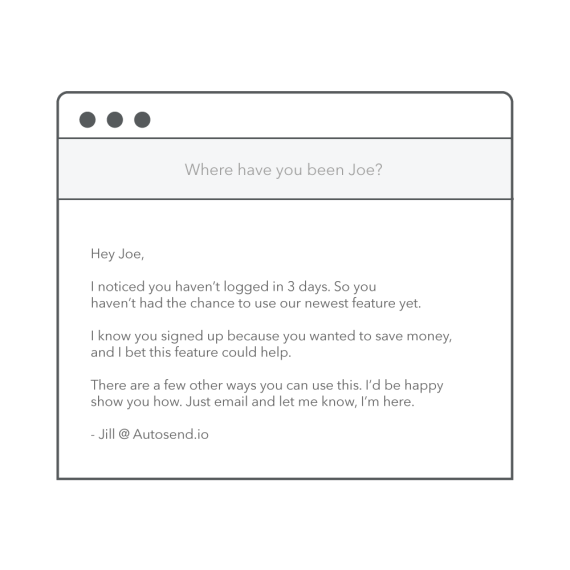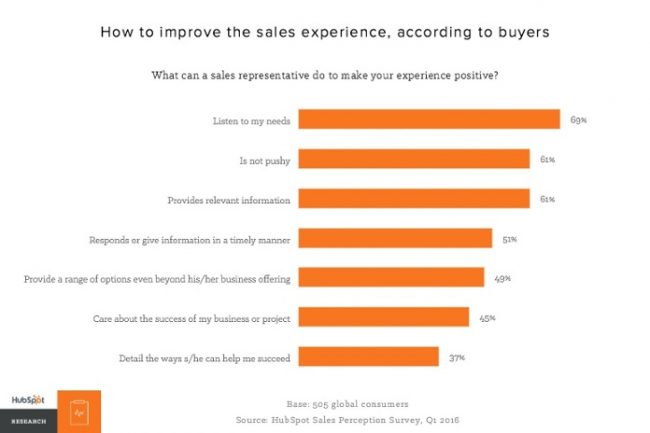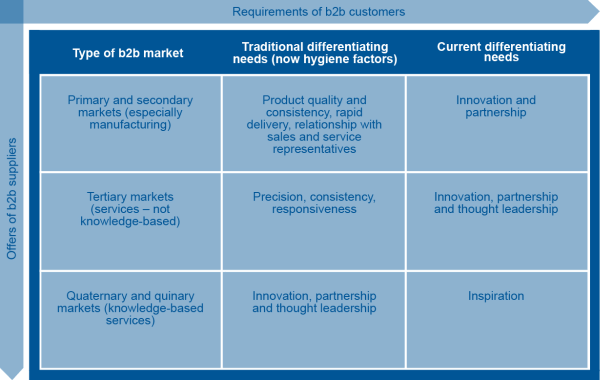
Image via Pixabay.
Dealing with rejection is often seen as ‘just part of the job’ when it comes to selling.
Not everyone will want, love, or need your product, so you will inevitably get turned down here and there. However, another part of the job is to overcome customer objections and hopefully turn a skeptic into a sale.
Of course, being able to overcome objections without turning customers off requires skill, talent, experience, and awareness of where the customer fits along the sales pipeline.
Remember, not every conversation will (or should) result in a closed sale, but it absolutely must move the prospect further along the sales funnel and benefit the customer’s journey.
It is not uncommon to be faced with objections during an initial interaction. However, there are certain strategies sales experts use to overturn the most common reluctances a potential customer may have. Let’s discuss.
Understand the “Why” Behind Reluctance on a Personal Level
According to Hubspot’s research, the number one way most customers believe sales reps can improve the sales experience is by listening to the customer’s needs. In fact, nearly 70% of all consumers agreed that this was the top solution to overcome their objections and reservations.
In most cases, there’s a reason why a customer is hesitant to make a purchase. Though they may try to blow it off by saying they need to consult with their team or spouse or manager or whomever, chances are, there is a deeper reason to their objection that may require a little digging to uncover.
So, how do you get down to the core of the objection? Ask the right questions and really listen to the answer.
For example, say that your B2B company sells a SaaS program for marketing project management. You set up a meeting with the marketing department head to talk about why your system would help his team. Rather than jumping into your pitch and listing off all of your product features, start by asking him or her about the kinds of resources the team needs to do their jobs more efficiently. There’s no need to waste time talking about qualities that are irrelevant to their business; instead, starting off by listening will get you much further and make the customer feel that their needs are being heard.
The same strategy applies to objections. Simply ask them why they are not interested or why they want to put off a decision. Is it an issue with pricing? Perhaps you can offer a discount or payment plan. Are they shopping around? Maybe they would be interested in a limited trial period to test the program out. Take the time to listen to what your customer is saying. A few leading questions could lead you towards the exact answers to overcome their reservations.
Sell the Value, Not the Product or Service
With hundreds to thousands of vendors available to customers with just a few clicks on their computer, chances are, your product or service is not entirely unique. Surely, your customer can find the same thing somewhere else, maybe even at a lower cost. However, what they cannot find elsewhere is the incredible value they will receive from doing business with you.
Studies have found that when it comes to B2B sales, the priorities of customers have shifted. While the quality and effectiveness of the product and service are certainly still important, consumers are more driven by innovation, partnership, and inspiration that is perceived from the brand.
Selling the value requires tact, but also requires a deep knowledge of the value proposition of your business. What makes your brand unique? Why will this particular client benefit from partnering with you?
Make these additional values abundantly clear by selling the benefits– rather than the product. If you have a no questions asked return policy, mention it. If you offer a referral program for future discounts, an incredible customer service department, or a one-on-one consultation with a sales representative, talk about it.
The value proposition must also be relevant to the client, which will require some knowledge about their past interactions with your business. If this is a totally new client, take a look at the customer data you have from past purchases of clients that are similar to them. Using customer data from previous transactions, such as from your point of sale system or online customer account transactions, can help you determine which features won past customers over.
Try Before Buy
It’s no secret that the word “free” attracts customers. Everyone loves to get something for nothing, even if it’s something as small as a bite of a new cookie at the grocery store. But offering a free snippet of your product can not only attract future clients; it can help guide unsure prospects further down the sales funnel.
Offering a free trial of your software system or a free test run of your product removes risk, which is one of the psychological barriers to completing a sale. It can never hurt to try something out for free, right? Plus, it’s hard to turn down a gift or offer like that.
However, there must be a purpose behind the free offer. After all, how many times have you accepted a free sample from a pushy sales guy in a mall kiosk just so that they will leave you alone? (Be honest, you know you have.)
By optimizing your free trial offer, you can increase the chances of a conversion once the test period is up.
For starters, personalize the features if you can so that the client can really get a taste of what your product or service has to offer. If you’re selling an SaaS system and the customer would really benefit from specific features, see if you can offer a short trial period that fits their exact needs. Even a little touch of personalization can go a long way – as 59% of customers agree that it influences their decision to purchase.
Another way to improve the free trial period is by ensuring that they actually use it. If a client actively uses your system for at least three days during the trial period, they are four times more likely to become a converted customer. Make sure that the free trial is exceptionally engaging by making it easy, simple, and straightforward. While this is certainly a great time to gather important customer behavior data, don’t get too greedy. A study found that when free trials ask for certain information, such as credit card info, conversion rates drop. Instead, build the engagement process during and after the trial period with meaningful follow up messages and support for a better experience.
Conclusion
Customers want to be heard and understood. The best kinds of sales representatives are the ones who actually listen to responses and skepticism. Listen and ask for the reasoning behind the hesitation to guide you towards your best answer. Focus on the intrinsic value that your company provides, not just the product or service. And finally, personalize their experience and remove any risk by offering an optimized trial period that can make the transition to conversion a little bit smoother.
Again, not every prospect will turn into a customer. Some objections are truly valid and cannot be overcome. However, by taking the time to listen, respond, and offer solutions, you can improve the likelihood of a conversion and create a better sales experience.



